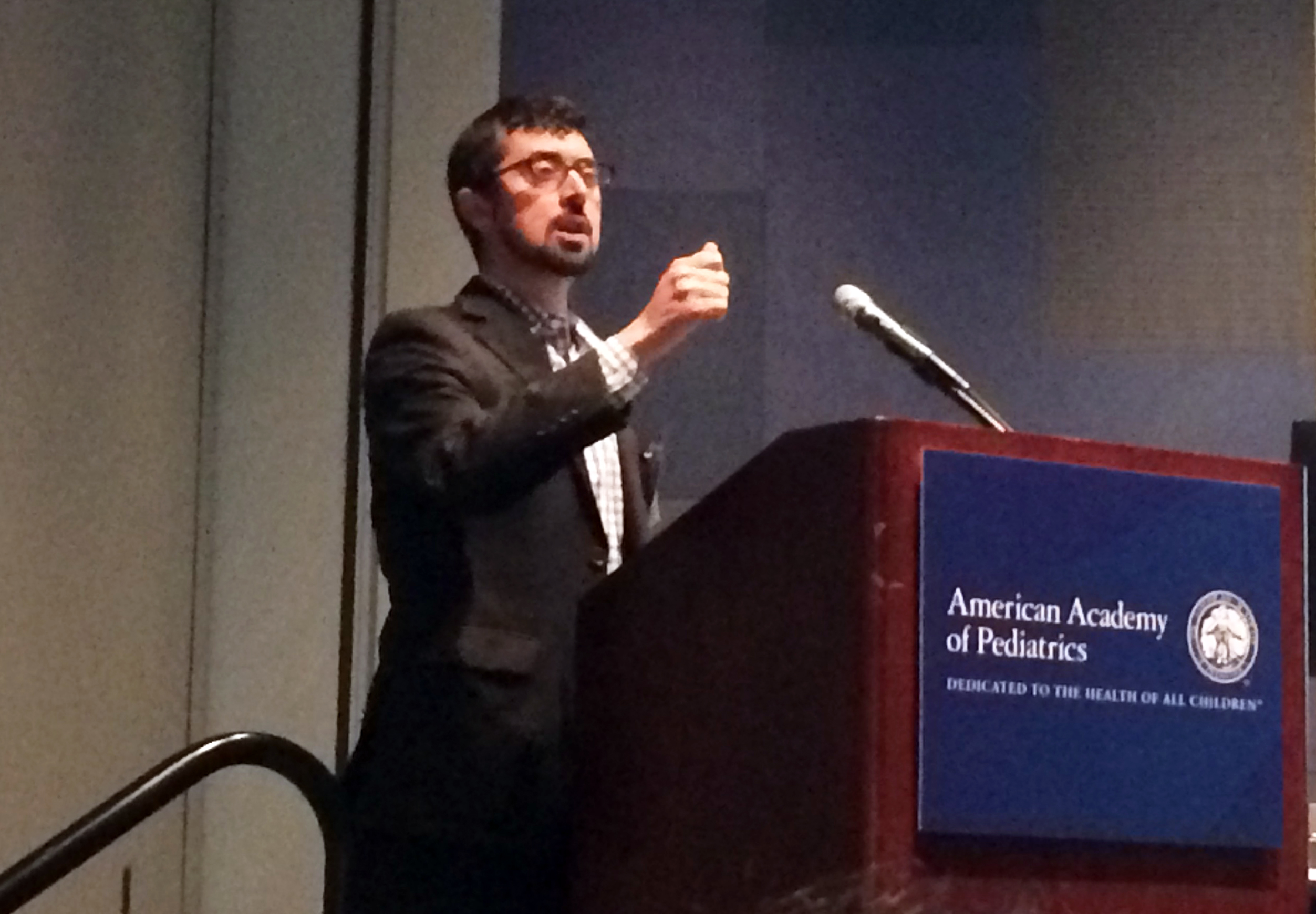Epinephrine commonly administered by unlicensed school staff
Click Here to Manage Email Alerts

CHICAGO — As many as one in five anaphylactic events among children without known allergies are treated with epinephrine administered by an unlicensed school nurse or staff member, according to a recent presentation at the AAP 2017 National Conference & Exhibition.
“School nurses can’t be everywhere all the time,” Michael Pistiner, MD MMSc, FAAP, director of food allergy advocacy, education and prevention at MassGeneral Hospital for Children, said in an interview with Infectious Diseases in Children. “Having a full-time nurse in the school would be ideal, but in some cases, that is not a possibility. It is important that epinephrine is available because we know that first-time allergic reactions do occur in schools. Having epinephrine available to treat anyone who experiences anaphylaxis is very important.”
To understand current school policies regarding anaphylaxis management and the use of epinephrine, the researchers conducted a national, anonymous. electronic survey that included school nurses practicing within the United States.

Of the 1,486 school nurses who responded to the survey, 86% answered all questions. A significant amount of school nurses had administered epinephrine in their schools (41%). In the 2014-2015 school year, 24% of nurses reported any use of epinephrine. This number dropped to 15% in the 2015-2016 school year.
Unlicensed staff administered epinephrine more frequently in the 2014-2015 school year than in the 2015-2016 school year (4.3% vs. 2.7%). In many cases, epinephrine was administered to a child without known allergies (8% in 2014-2015; 4.8% in 2015-2016). Two doses of epinephrine were needed in 2.9% of anaphylactic events in 2014-2015 and 1.7% of anaphylactic events in 2015-2016.
“Training is key. If a school nurse has staff who are well-trained and know their role in the school’s emergency protocol, then it extends their reach significantly,” Pistiner told Infectious Diseases in Children. “If there are staff members who can recognize an allergic reaction, then they can quickly involve all the people in the school who will need to be involved when a child or staff member experiences an allergic reaction.” – by Katherine Bortz
Reference:
Pistiner M, et al. National school nurse survey of epinephrine use in schools. Presented at: The 2017 AAP National Conference & Exhibition; Sept. 16-19; Chicago.
Disclosure: Pistiner is a member of advisory board panels for DBV Technologies and Kaleo Pharmaceuticals.


